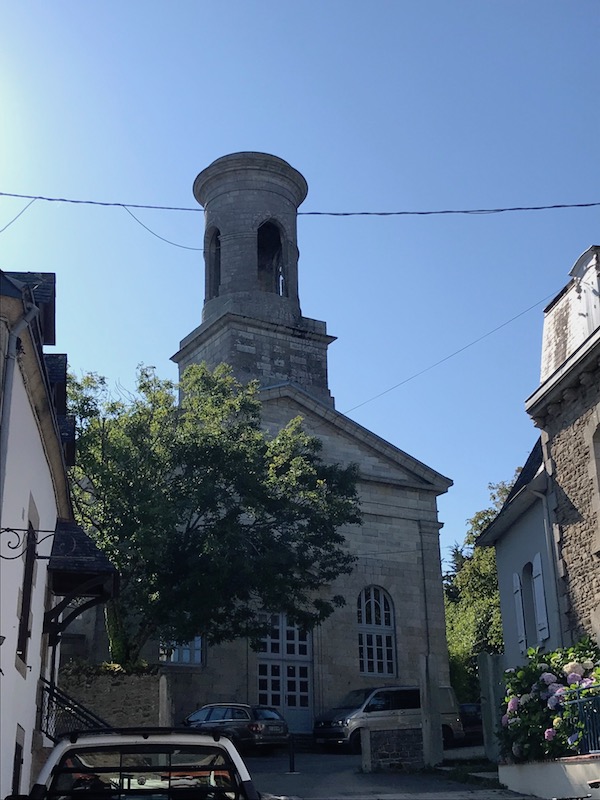Our Blog - Bretagne Trip - Summer 2021 - Concarneau, France
The town has two distinct areas: the modern town on the mainland and the medieval Ville Close, a walled town on a long island in the center of the harbor. Historically, the old town was a center of shipbuilding but has now been turned into a center for tourism. Civilization here dates back to Neolithic times with various megaliths and dolmen in the area around the Bay. In the 1900's, several things were discovered from the Iron Age (a tunnel found in 1966) and Roman times (a small thermal bath found in 1964). The first walled city on the island dates to 13th or 14th century and then were modified by Vauban (King Louis XIVs main engineer) around 1680. After the French Revolution, fishing became a major industry, with canneries for sardines and tuna built up near the port. Like many villages in Brittany, the sardine crisis in 1902 left the town without commerce. With the help of some seawater spas and artists, the area started to become popular with tourists.
There are a few large anchors, which attest to the fishing that was previously done here.
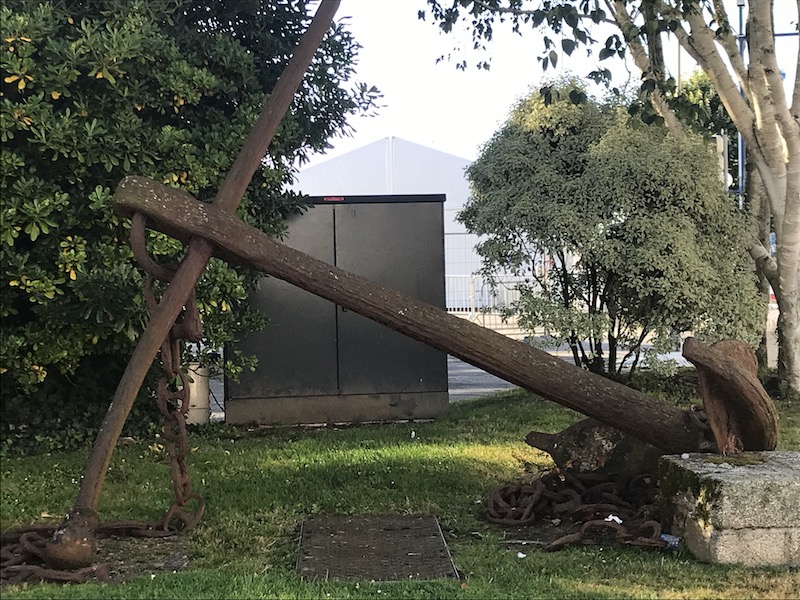
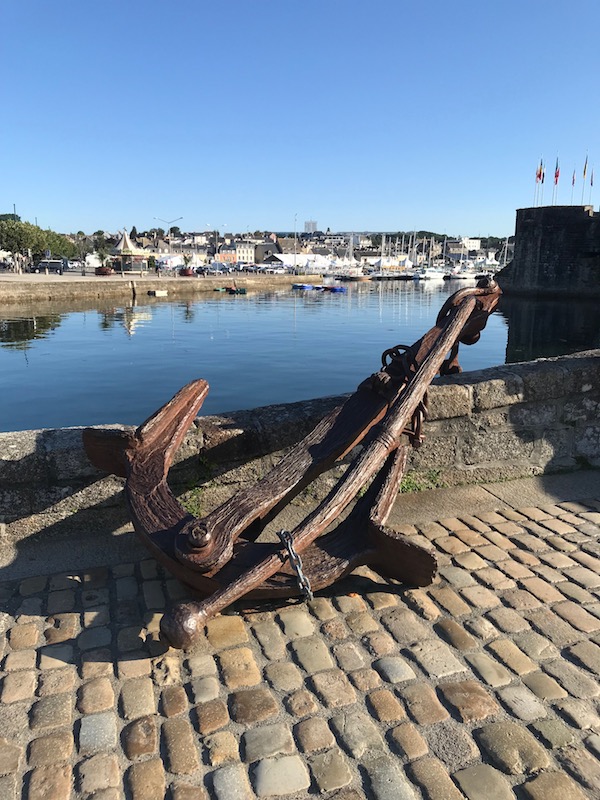
A couple pictures of the walled city from the mainland, as we headed up to the entrance.
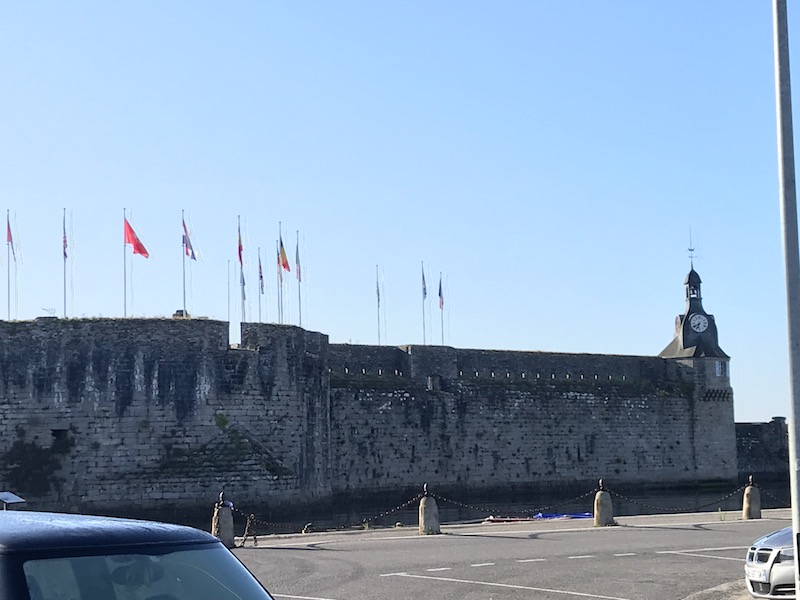
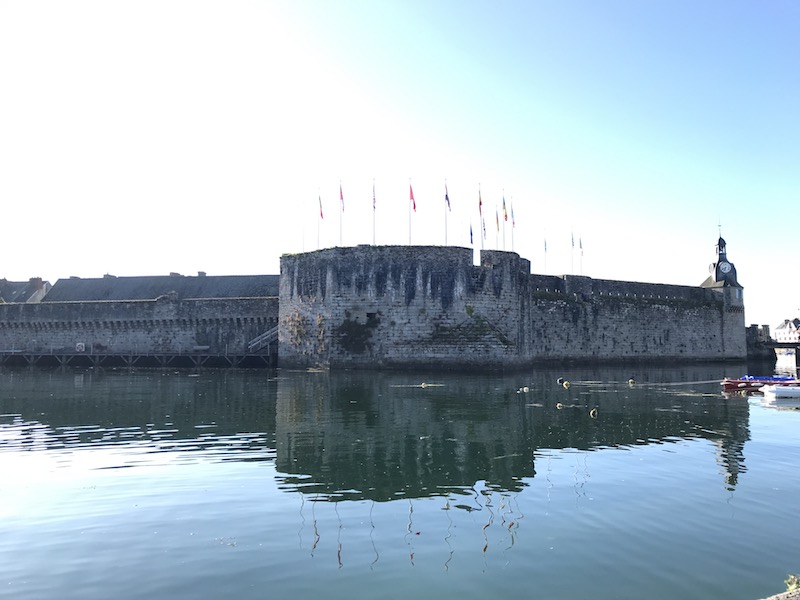

We checked out the Clock tower and sundial before we headed inside through the gate, which is connected to the mainland by a bridge. There are 8 towers around the walls.
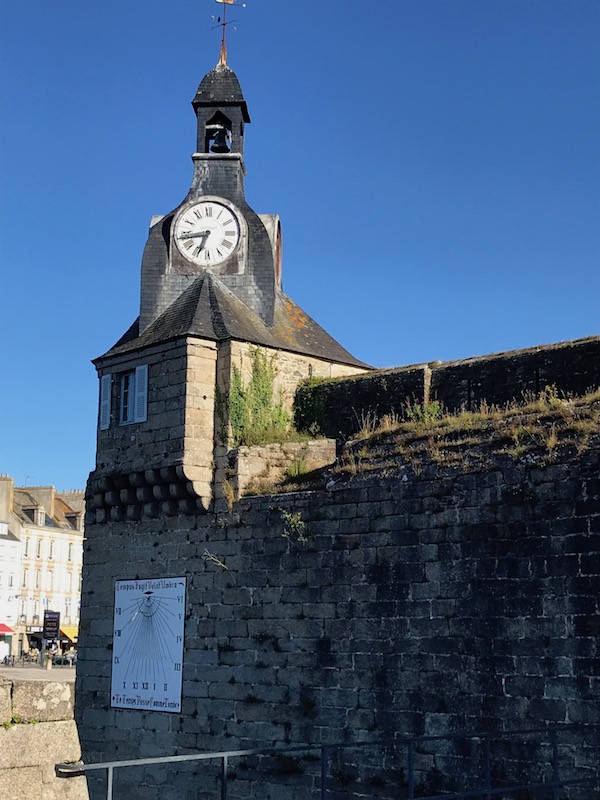
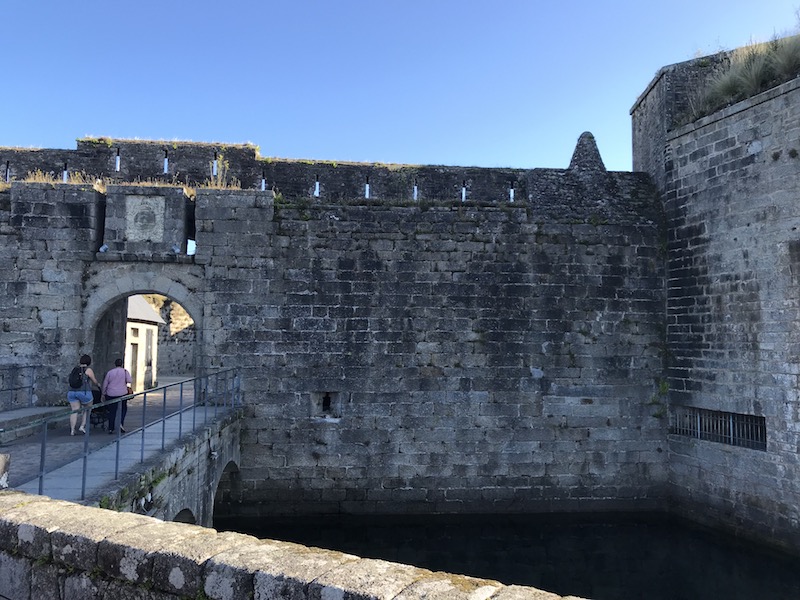
This is the Venus' canon. The Venus was a frigate that ran aground just off Concarneau in 1780, just 2 years after it was launched. In an attempt to salvage the boat, all of the equipment was thrown overboard and sank to the bottom. They were forgotten for almost 200 years, until 1978 when they were found by divers and recovered.

Once inside the walled city, there were some really nice buildings including the 16th century Hervo barracks and several houses that date from the 17th century.

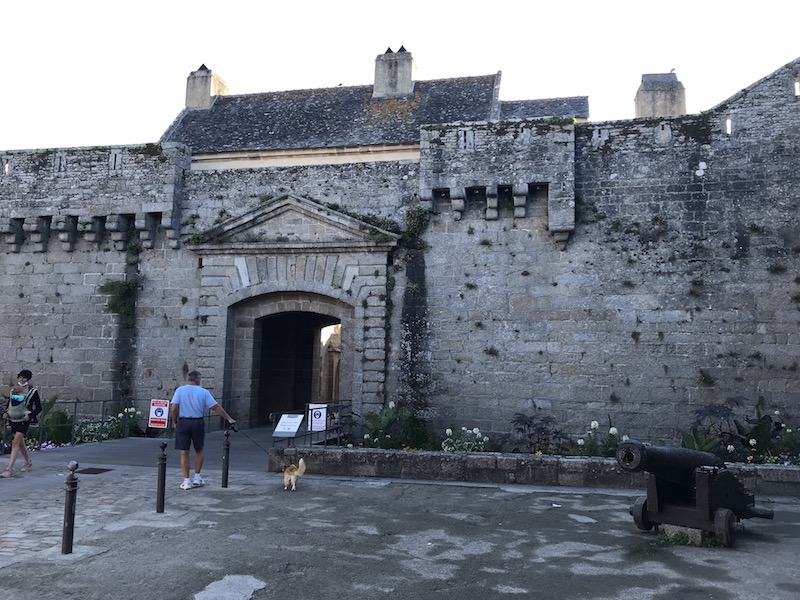
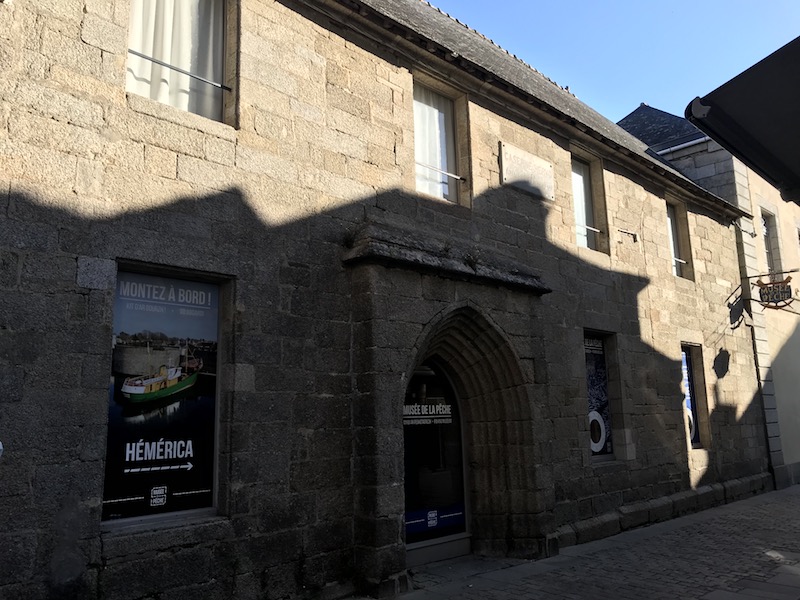

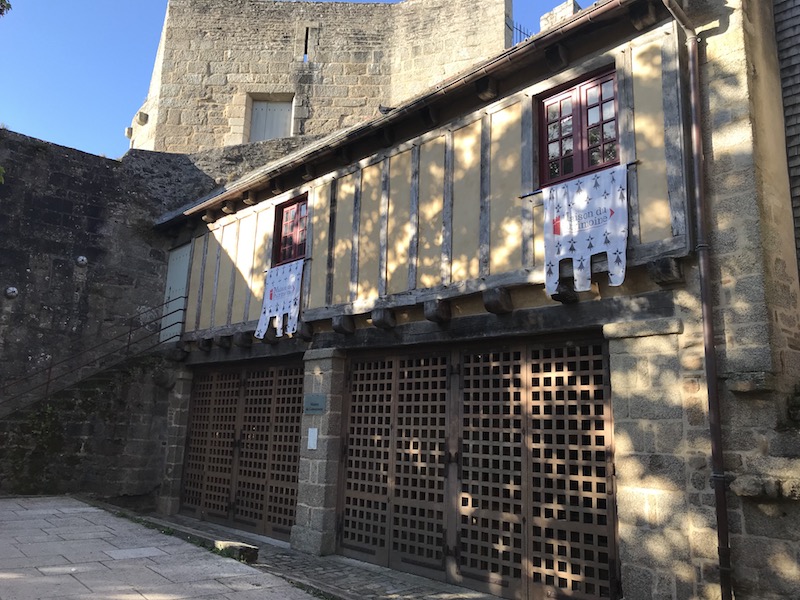
From the 16th century, the town had a hospital-chapel with 2 wards (one for men and the other for women). From their beds, the patients could follow church services in the adjoining chapel.
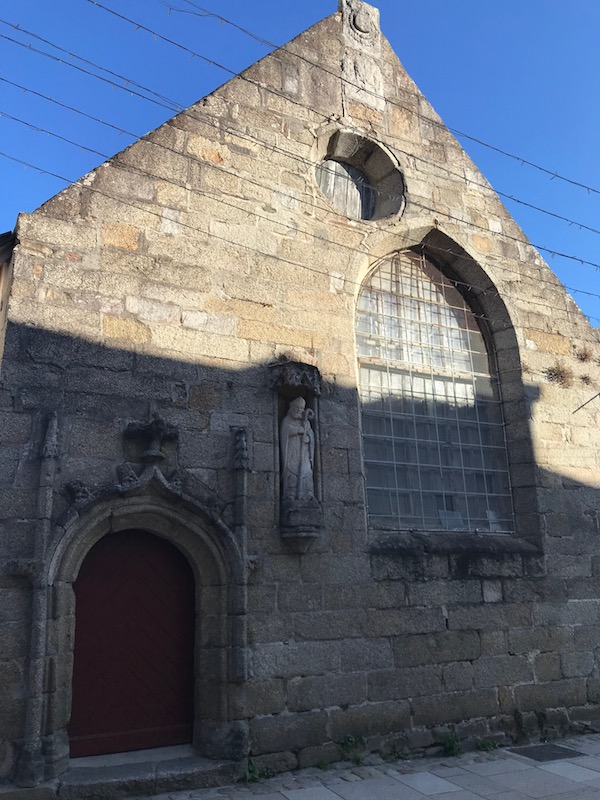

This is the main square.
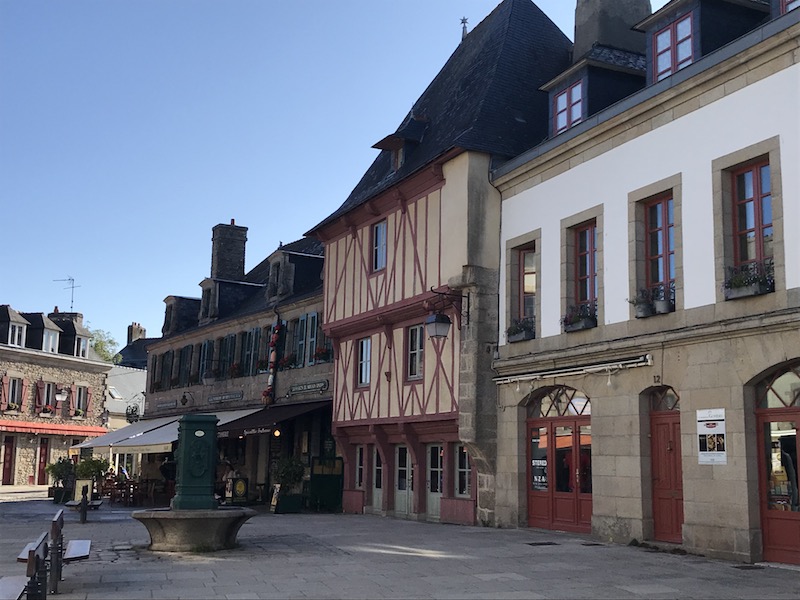

Lucy found a friend to play with at a cafe .... it is tough to play when dad won't let you off the leash :-)
We headed up to walk around the ramparts, which were updated in 2010 to make almost a kilometer of them accessible.
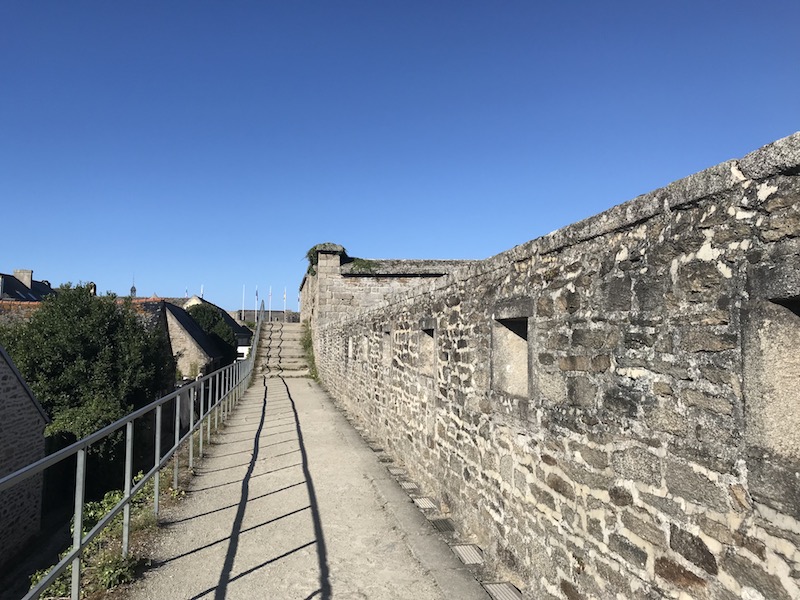

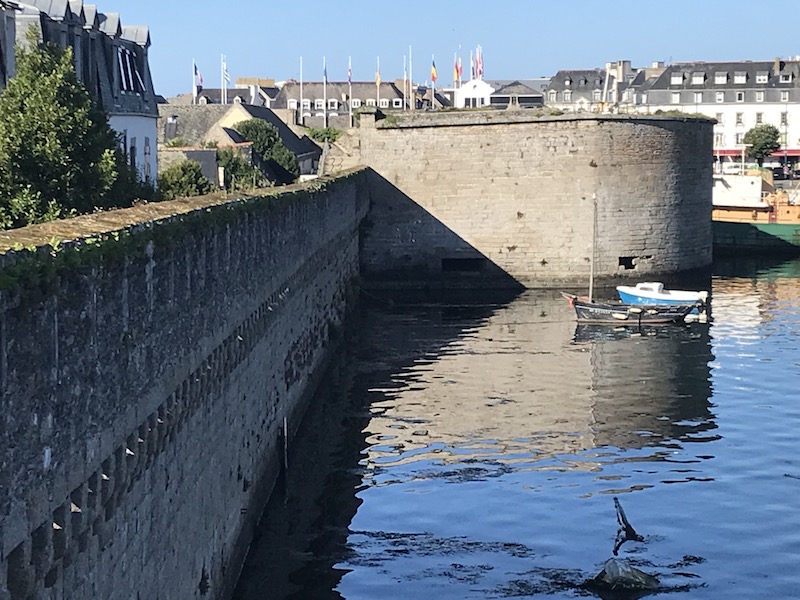
On one end of the island, they have a little theater built, under the tower of the former church.
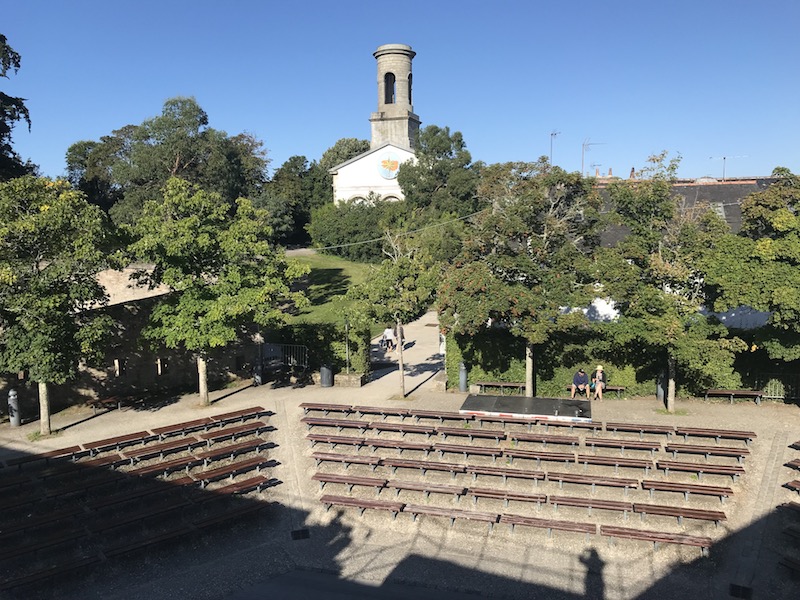
Lucy wasn't too happy with me taking pictures with her facing the sun!

On the opposite end of the island is another gate with a small port.


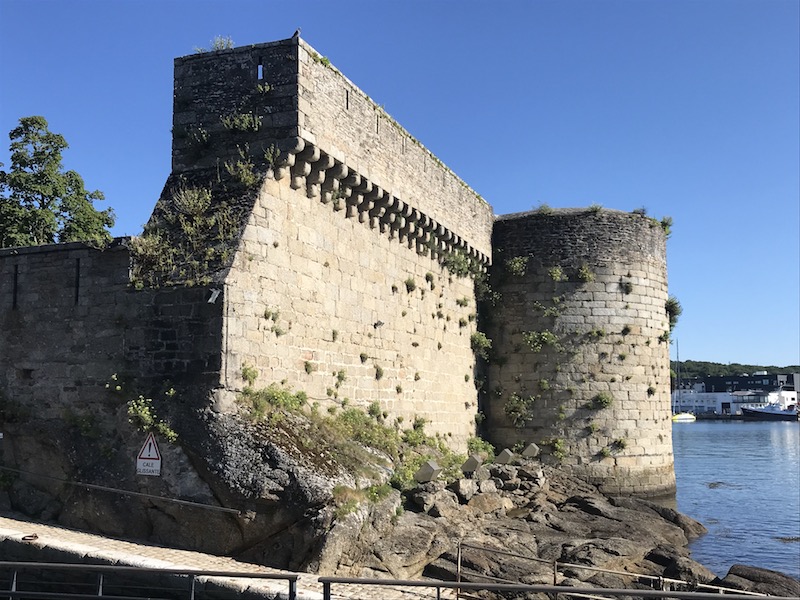

The port has quite a few pleasure sailboats, and you can see the exterior walls on the right.
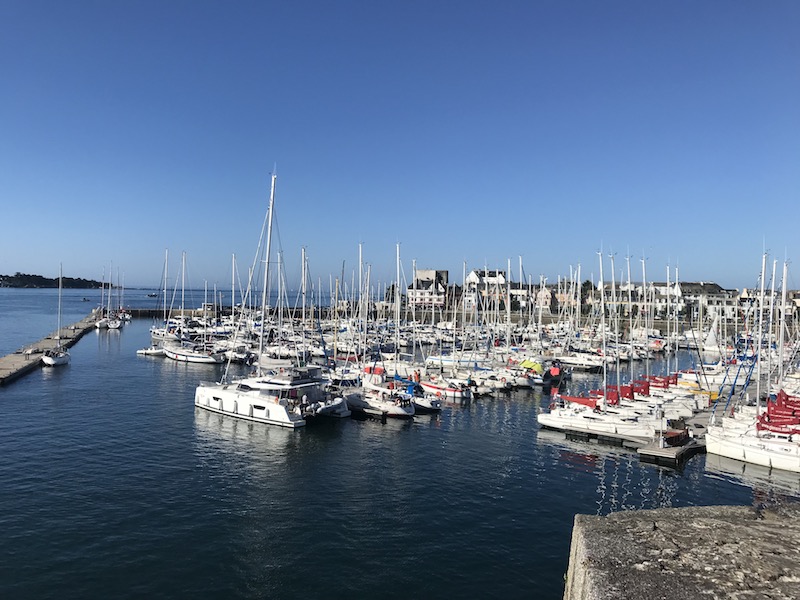
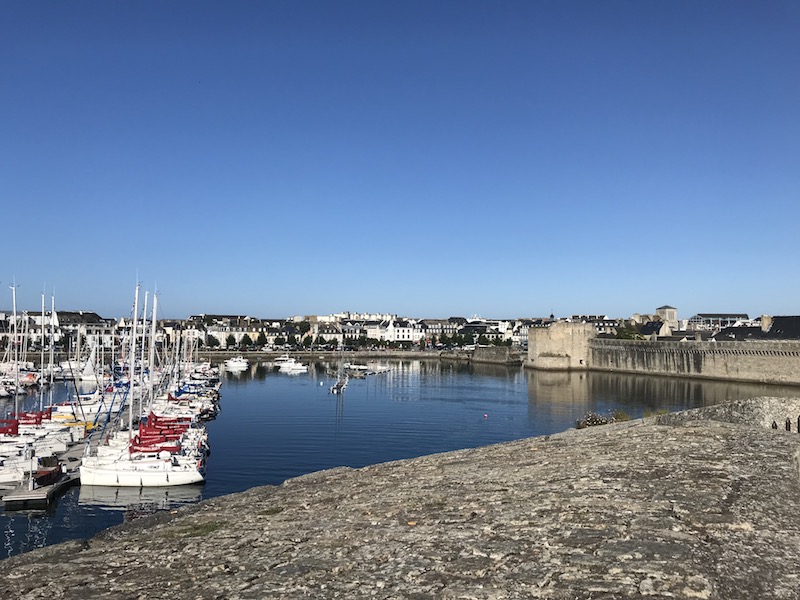
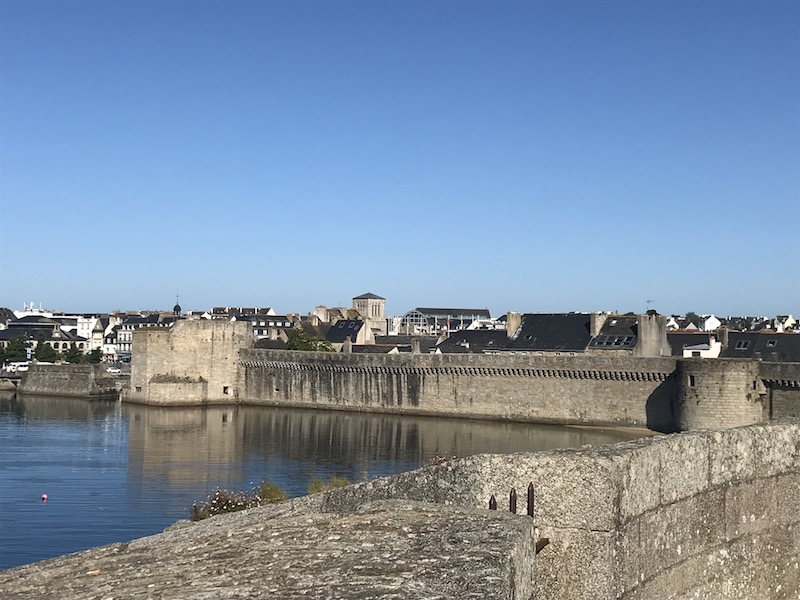
The Saint Guénolé church was the parish church on the island until 1929. It was built in 1830 when the first building (15th century) was basically in ruins. Only one end and the bell tower remains from this 2nd building. The building housed a hospice from 1937 until 1980.
